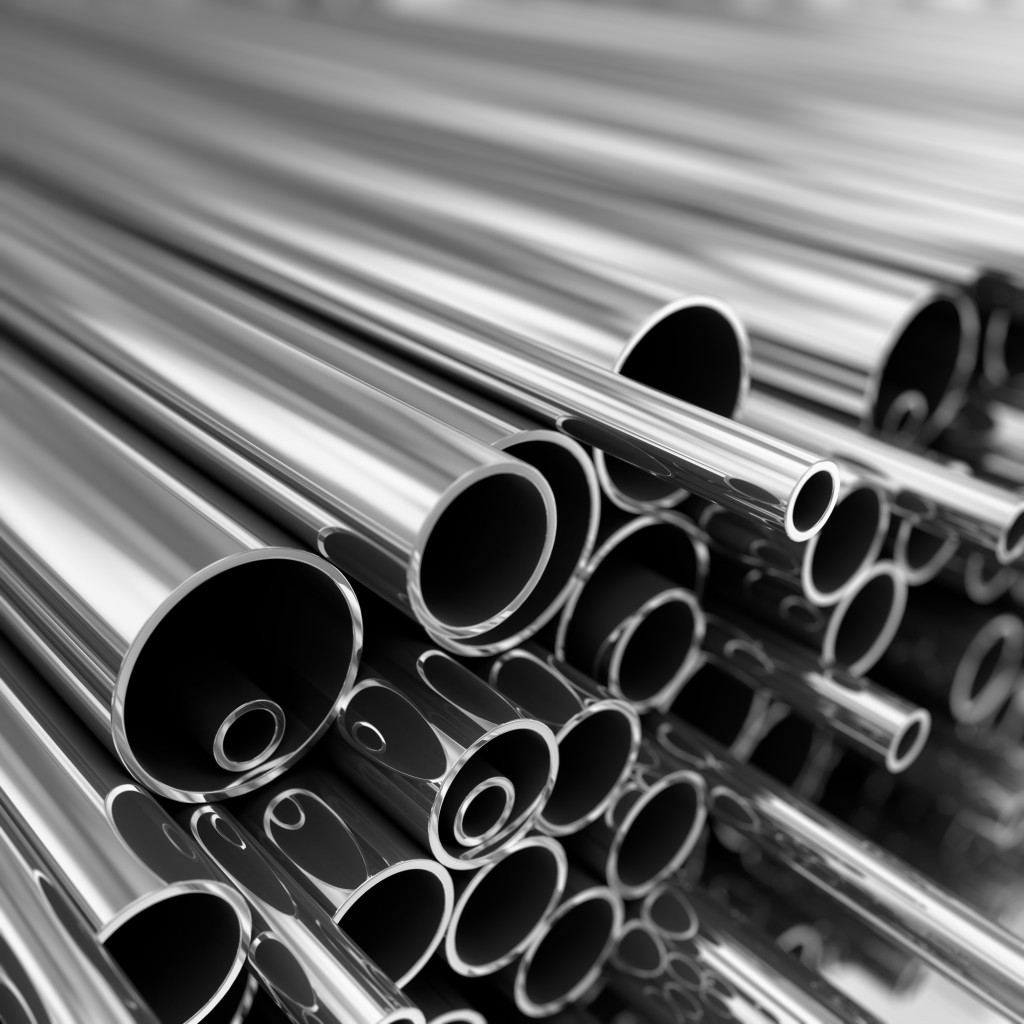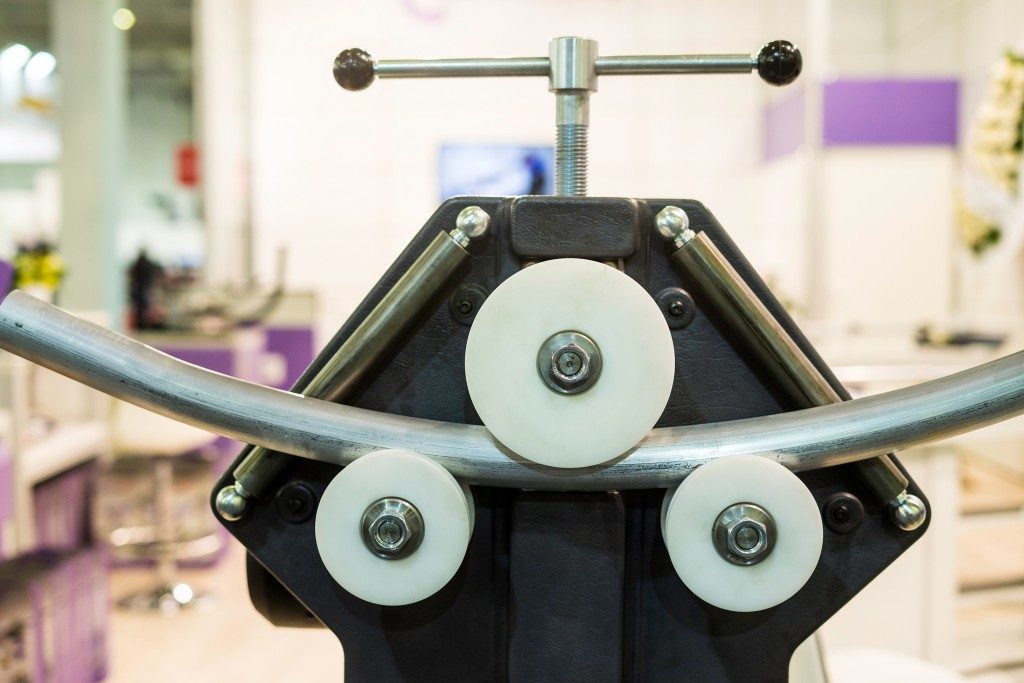Question: what’s the difference between a pipe and a tube? Well, the simple answer is not much, although the biggest difference is that pipes are always round in shape, while tubes can be varied in shape. Another difference though is that a pipe is measured by its inside diameter while a tube is measured via its outside diameter. And while this may not be immediately obvious to the beginning metalworker, it is common knowledge to the long-standing professional.
Aside from that, the next thing that any metalworker should know about pipes is the different tools needed to work on them. There are a variety of tools available, like Baileigh pipe benders and tube notchers, but the one that you can expect to use quite a bit is the former.
Why Use a Pipe Bender, Anyway?
Metal is malleable and workable into many shapes and forms. However, bending it can be more challenging than it seems. Different types of metals have varying degrees of malleability. For instance, while metals such as copper or brass are easily bent to shape, other metals such as aluminum and steel can be much harder to bend. Metal that has already been alloyed may be especially challenging to bend, as well.
And while metal itself can be pliable, if bent incorrectly, the process can cause quite a bit of structural damage to the metal itself. This is why you need specific tools such as the proper pipe bender to efficiently work with the metal while preventing it from getting damaged or from weakening.
How A Pipe Bender Works

There are three basic parts to any pipe bender:
● The shoe former, which the pipe will wrap around as it is bent into shape
● The roller, which exerts the pressure and form needed to bend the pipe into shape
● The handles, which exerts the majority of the force needed to bend the metal pipe
While those parts may differ depending on whether or not the pipe bender is manual, hydraulic, or electronic, they are essentials of most pipe benders. Therefore, pipe workers must be familiar with, at the very minimum, those three basic parts.
However, since the most common type of pipe bender that you’ll be using is the manual one, let’s talk a little bit about how it functions. Manual pipe benders rely on the force exerted on the handle in order to bend the piping – the longer the handle, the more force can be applied.
The effectiveness of pipe benders will often depend on the pipe that’s loaded into them. Pipes with thicker surfaces or different alloys may need more specialized, heavy-duty kinds of pipe benders, while metals such as copper or brass can be bent quite easily.
Other tools, such as a bending spring, can often be used in conjunction with the pipe bender itself to keep the pipe from deforming. It’s generally inadvisable to use bending springs on their own, as they carry the risk of harming the user mid-bend. The process relies a lot on human eyeballing, as well, which can result in an imperfect bend.

